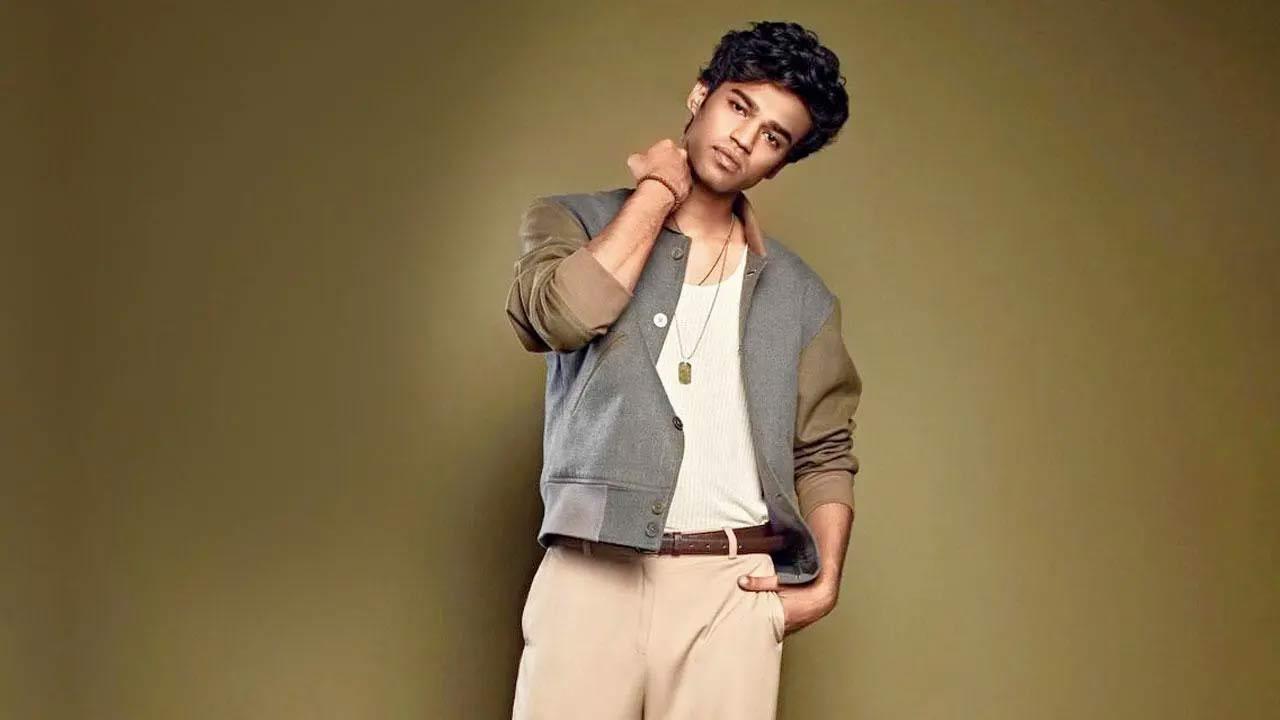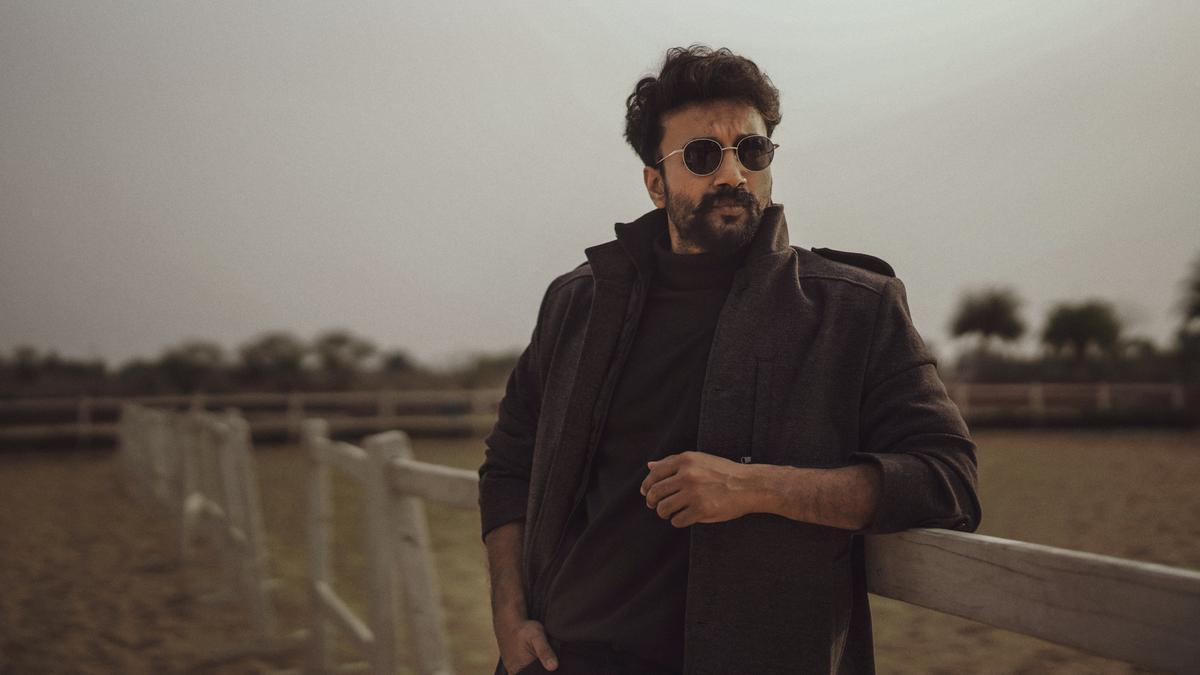
Earlier this year, as the sacred consecration ceremony of the Ram Mandir was performed in Ayodhya, a visionary initiative took shape in the heart of Delhi. Sanjiv Kishor Goutam, the esteemed director general of the National Gallery of Modern Art (NGMA), envisioned an exhibition that would encapsulate the essence of the profound Indian epic, the Ramayana. The aspiration was not merely to display art but to provide a panoramic cultural narrative through it.
The diligent NGMA team, under Goutam’s guidance, embarked on a quest to bring to light the gallery’s hidden gems while fostering partnerships with numerous entities and individual collectors. The glorious result is the Ramayanam Chitra Kavyam exhibition—an assemblage of some of the finest pieces that Indian artists have to offer, ranging from paintings and prints to textiles, sculptures, and state-of-the-art installations. This artistic trove is not confined within the gallery’s walls but extends throughout the country, uniting diverse forms of art that pay homage to the Ramayana.
Effortlessly guiding visitors through this visual spectacle is curator Jyoti Tokas, who has meticulously selected over a hundred exhibits spread across the sprawling 4,000 square feet of curated space. The array is notably cosmopolitan, featuring a Nepalese sculpture and an exquisite Cambodian bronze statue of Lord Ram. Moreover, the exhibition boasts chosen works from renowned institutions such as the Indira Gandhi National Centre for the Arts, the DAG Modern, MeMeraki Foundation, and the Crafts Museum.
A time-honored classic, the Ramayana, according to Goutam, remains an eternal text, rich in narrative and moral depth. The Ramayanam Chitra Kavyam exhibition seeks to enhance the understanding and appreciation of India’s cultural patrimony by visualizing this ancient story.
The art on display is varied, transcending conventional boundaries. Visitors can expect to encounter both indoor and outdoor sculptures, traditional miniature paintings dating back to the 1850s, and holographic art powered by contemporary digital technology. The phad, gond, madhubani, and pattachitra paintings, alongside kalamkari art, textiles, shadow and wooden puppets, the imposing masks of the Chhau dance, and the radiant prints of Raja Ravi Varma, contribute to a vivid and dynamic portrayal of the epic saga.
The diverse collection invites contemplation, dialogue, and reflection on the perennial theme of the Ramayana and the prowess of Indian art in storytelling. Sanjeev emphasizes the exhibition’s role in fostering creativity and showcasing the spectrum of Indian artistry—from nationalist and traditional to the avant-garde and contemporary.
The sculptures breathe life into the exhibit, as exemplified by Neeraj Gupta’s six-by-five-feet masterpiece, “Divine Victory.” Crafted from an ancient trunk of rosewood, the sculpture captures the triumphant return of Ram and Sita to Ayodhya but leaves their visages uncarved to spark infinite interpretations among viewers. The work’s fluid transition between abstraction and figuration lends it a unique modern allure.
Another captivating piece is Vibhor Sogani’s “Divine Walk,” a stainless steel mirror-finished creation that conjures the illusion of shimmering water, with brass slippers set atop, representing Rama’s divine passage over the ocean to Lanka.
Visual narratives by renowned artists like Upendra Maharathi, who paints Ram and Lakshmana at the ocean’s edge, Nandalal Bose, Jamini Roy, and K Venkatappa, offer personal renditions of the epic. Chittoprasad’s Ramayana series and Kalighat’s patts encapsulate the epic’s entirety in their visual storytelling.
The Ramayanam Chitra Kavyam exhibition is currently open to the public at the National Gallery of Modern Art, located at Jaipur House, near the India Gate Hexagon. It will run until April 30th, inviting visitors from Monday to Sunday between 10 a.m. and 6 p.m., with Mondays reserved for closure. This rich exhibition at NGMA stands as a testament to the eternal vitality of the Ramayana, inviting patrons of all ages to immerse themselves in its artistic and spiritual journey.










